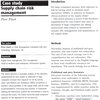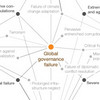 Summer break is over and time for a continuation of my blog posts. Humanitarian Logistics by Ronaldo Tomasini and Luk N van Wassenhove was suggested to me by a reader, following up on my post on the special issue of the Journal of Production Economics on the topic of Humanitarian Relief Supply Chains, so I thought I should read and review it here on my blog. The book starts out well and manages to highlight the importance of applying professional supply chain management in ad-hoc humanitarian supply chains, and ends up with a case example that advocates corporate social responsibility as one way into humanitarian supply chains. Not what I expected, but perhaps exactly what is needed to make humanitarian logistics work?
Summer break is over and time for a continuation of my blog posts. Humanitarian Logistics by Ronaldo Tomasini and Luk N van Wassenhove was suggested to me by a reader, following up on my post on the special issue of the Journal of Production Economics on the topic of Humanitarian Relief Supply Chains, so I thought I should read and review it here on my blog. The book starts out well and manages to highlight the importance of applying professional supply chain management in ad-hoc humanitarian supply chains, and ends up with a case example that advocates corporate social responsibility as one way into humanitarian supply chains. Not what I expected, but perhaps exactly what is needed to make humanitarian logistics work?
Five supply chain flows
Luk N van Wassenhove of the renown INSEAD is not a newcomer on this blog. The first time he appeared, two years ago (I can’t believe I’ve been blogging about supply chain risk for that long…), I was discussing his book chapter on managing risk in global supply chains, which was the first time I encountered the three flows of a supply chain, namely boxes, bytes and bucks: Material flows, Information flows and Financial flows. Here, this has been expanded to five flows, adding People flows and Knowledge and Skill flows. People and skills are two flows any supply chain most certainly cannot do without.
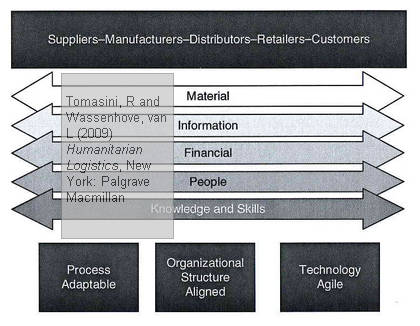
Wassenhove and Tomasini then combine this notion with Lee’s Triple-A supply chain. contending that a humanitarian supply chain in particular needs to be agile, adaptable and aligned.
Triple-A instead or Fire-fighting?
The reason for using Lee’s Triple-A, so they say, is to move away from what is so typical for emergency response or humanitarian supply chains: fire-fighting here and now. In this sense, humanitarian supply chains have a lot in common with remote supply chains.
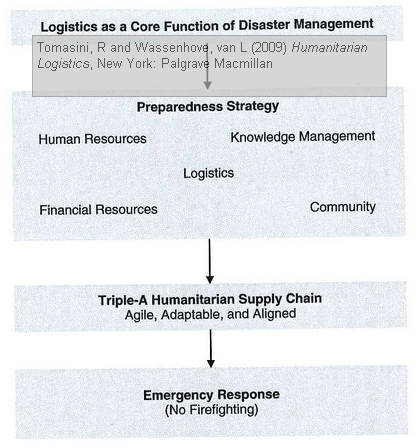
Logistics needs to be integrated into humanitarian supply chains from the very beginning, not come as an add-on in how to deal with the crisis at hand.

Ramp-up – Ramp down
Tomasini and Wassenhove make a very good argument that full coordination is needed throughout the relief effort, and that this coordination needs to change according to the stages that an emergency response goes through. Such coordination is only possible by apply the right (i.e. Triple-A) supply chain thinking.
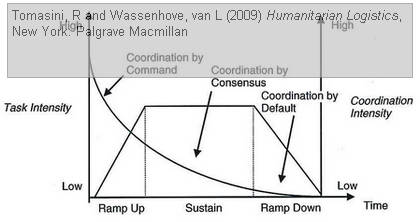
If you look back at Pettit’s and Beresford’s Emergency Recovery Model, you will see a striking resemblance to the figure above.
Critique
Humanitarian supply chains appear to be the rising star within supply chain management, and rightly so, which is why I do applaud this development. One reason why it may be so popular is that it takes focus away from the profit-maximization and cost-minimization that underpins so much of the supply chain literature elsewhere, thus making humanitarian logistics a humane and perhaps fashionable research strand that is politically correct in every sense. That, on the other hand, may also be its downfall, when doing good becomes more important than doing it right (in a logistical manner). This book, however, matches humanitarian logistics with corporate social responsibility, and that is not only doing good but doing the good rightly.
Reference
Tomasini, R and Wassenhove, van L (2009) Humanitarian Logistics, New York: Palgrave Macmillan
Author links
- Ronaldo Tomasini
- insead.edu: Luk van Wassenhove
amazon
- Buy this book: Humanitarian Logistics
Related
- husdal.com: Emergency Logistics and Risk Mitigation
- husdal.com: Remote Logistics

